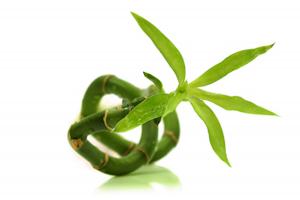When is a Good Time to Plant Persimmon Tree
Persimmon trees are a great addition to any home garden, providing not just a beautiful tree, but also delicious fruit. However, knowing when to plant a persimmon tree is crucial to its successful growth and production. In this article, we will discuss the optimal time to plant persimmon trees and some tips for their successful cultivation.
Climate Considerations
The timing for planting persimmon trees can vary depending on the climate of your area. Persimmon trees can grow in a range of climates, from cold to warm, but they do best in areas with moderate temperatures and adequate rainfall.
If you live in a region with harsh winters, it is best to plant persimmon trees in late spring or early summer. This will give the trees time to establish their roots before the onset of winter, which can be damaging to young trees. In warmer climates, persimmon trees can be planted in either spring or fall.
Soil Preparation
Preparing the soil for planting persimmon trees is also essential to their success. Persimmon trees prefer well-drained soils that are slightly acidic, with a pH range of 6.0 to 7.5. If your soil is too alkaline, adding sulfur can help lower the pH level.
It is also important to loosen the soil to a depth of at least 2 feet to ensure that the roots can grow properly. Additionally, adding organic matter such as compost, leaf litter, or aged manure can help improve soil quality and provide nutrients for the tree.
Tree Selection and Planting
When selecting a persimmon tree, look for a healthy tree with a straight central leader and evenly spaced branches. It is also important to select a cultivar that is well-suited for your climate and soil type.
When planting, dig a hole that is twice as wide and deep as the root ball of the tree. Place the tree in the hole, ensuring that the top of the root ball is level with the ground. Backfill the hole with soil, tamping it down gently to remove any air pockets. Water the tree thoroughly and add a layer of mulch to keep the moisture in.
Care and Maintenance
After planting, persimmon trees require regular care to ensure their growth and fruit production. Water the tree regularly, especially during dry periods, and fertilize in the spring and fall with a balanced fertilizer. Prune the tree in late winter or early spring to promote healthy growth and remove any dead or diseased branches.
Finally, it is important to monitor for pests and diseases, such as aphids, spider mites, and fungal diseases. Treat any issues promptly to prevent further damage to the tree.
In Conclusion
Knowing when to plant persimmon trees and how to care for them is vital for their successful growth and production. By considering climate conditions, preparing the soil properly, selecting a healthy tree, and providing regular care and maintenance, you can enjoy delicious persimmons for years to come.

 how many times do yo...
how many times do yo... how many planted tre...
how many planted tre... how many pine trees ...
how many pine trees ... how many pecan trees...
how many pecan trees... how many plants comp...
how many plants comp... how many plants can ...
how many plants can ... how many plants and ...
how many plants and ... how many pepper plan...
how many pepper plan...






























